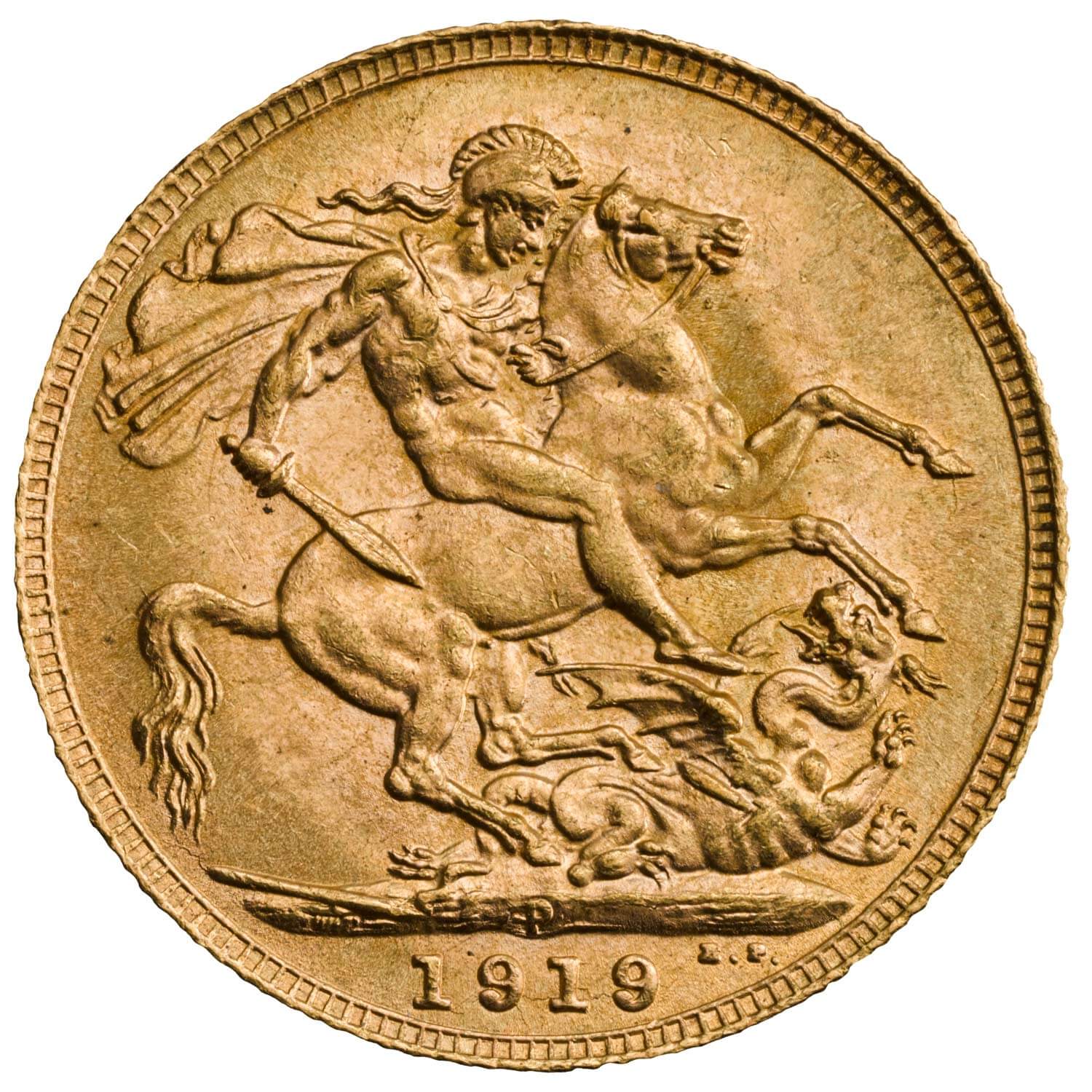The Mexican Libertad Coin is a bullion coin produced annually by the Banco De Mexico, the National Bank of Mexico. It is available in gold and silver and various weight denominations.
Banco De Mexico has minted the Mexican Libertad annually since 1982, making it one of the oldest continuously produced silver and gold bullion coin series. Its beautiful design, high-quality production, and limited annual mintages are recognized worldwide.
Libertad
The Mexican Libertad often has the lowest annual mintage numbers compared to other government-minted coins. The Libertad coin symbolizes the Mexican Revolution and Independence from Spain. The word Libertad translates to Freedom in English.
Silver and Gold Mexican Libertad coins are available in five denominations: 1 troy ounce, 1/2 troy ounce, 1/4 troy ounce, 1/10 troy ounce, and 1/20 troy ounce.
Silver Mexican Libertad coins are also minted in three additional denominations annually: 2 troy ounces, five troy ounces, and 1-kilogram weight.
Banco de Mexico produces Libertad coins in various limited finishes yearly, such as Libertad Proof and Reverse Proof coins.
The mintages for Silver & Gold Proof and Reverse Proof Libertad coins are extremely limited and often sell out quickly, as collectors and investors are in high demand.
Libertad Design and Symbolism
Obverse
The obverse highlights the coat of arms of Mexico, which features an eagle perched on a cactus with a snake in its beak.
Surrounding the central emblem are ten historical Mexican coats of arms, showcasing the evolution of Mexico’s identity through its history.

The design symbolizes an ancient Aztec legend of the founding of Tenochtitlán, now Mexico City, which centers on a divine sign given by their god Huitzilopochtli.
According to the legend, to build their city, where they saw an eagle perched on a cactus, devouring a snake.
After years of searching, they discovered this sign on a small island in the middle of Lake Texcoco and established Tenochtitlán in 1325
The eagle, cactus, and snake became enduring symbols of the Aztec Empire’s divine origins and are featured prominently in Mexico’s coat of arms today.
Reverse
The reverse depicts Winged Victoria, the angelic representation of Nike, the Roman goddess of victory, from the Mexican Independence Victory Column in Mexico City.
Behind Winged Victoria is a stunning landscape of Mexico’s iconic volcanoes, Popocatépetl and Iztaccíhuatl.

These volcanoes symbolize a tragic Aztec love story about a warrior and a princess who were deeply in love. The princess, Iztaccíhuatl, dies believing her lover, Popocatépetl, has fallen in battle.
Popocatépetl carries her body to the mountains, where they transform into two majestic volcanoes.
Iztaccíhuatl, the “Sleeping Woman,” lies at rest, while Popocatépetl, the “Smoking Mountain,” stands watch, symbolizing his eternal love and protection.
Connection to the Centenario
The Libertad design traces its origins to the Centenario Gold Mexican Coin, minted in 1921 to mark the centennial of Mexican independence. The iconic image of Winged Victoria has become synonymous with Mexican sovereignty and is a recurring motif in Mexican numismatics.
The original design is based on the Centenario gold Mexican coin, the Mexican 50 Peso Gold Coin.






